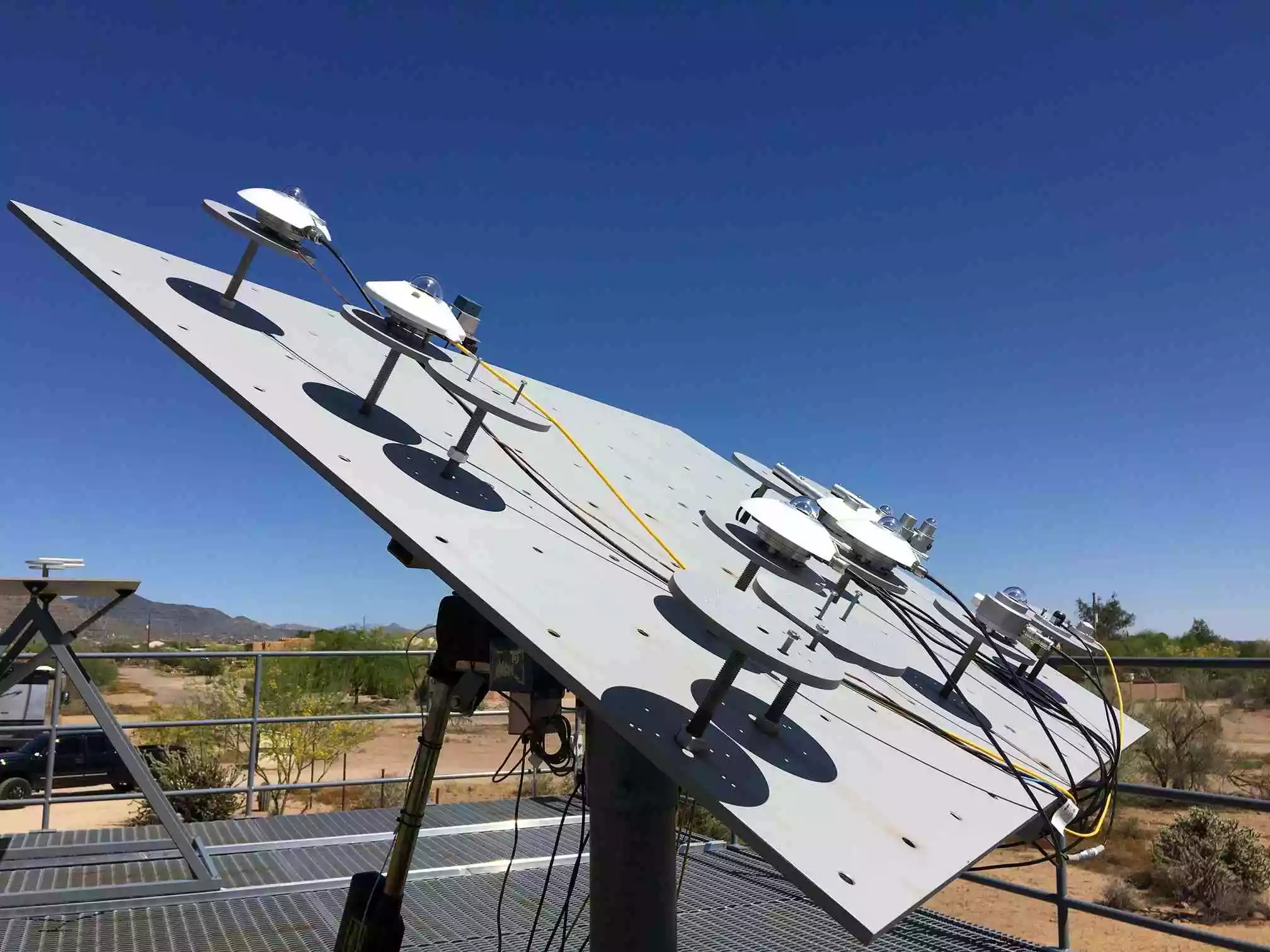
Calibration for PV System Providers (Reducing Downtime)
Reducing Downtime: The Importance of Calibration for PV System O&M Providers
Photovoltaic (PV) systems have become a cornerstone of renewable energy solutions worldwide, powering everything from residential rooftops to large-scale solar farms. Yet, the effectiveness and profitability of these systems hinge significantly on their uptime and overall operational efficiency. For Solar PV System Operations and Maintenance (O&M) service providers, minimizing downtime is paramount—and regular, precise calibration of solar measurement instruments plays a crucial role in achieving this goal.
In this article, we’ll explore how calibration directly influences the reliability and profitability of PV systems and discuss strategies for integrating calibration into a comprehensive O&M approach.
Why Calibration Matters for Solar PV Systems
Solar PV systems rely on accurate solar radiation measurements to track their performance, validate energy production forecasts, and detect potential operational issues. Instruments like pyranometers, pyrheliometers, solar radiometers, and UV sensors all feed vital data into system analytics platforms. Over time, however, these sensors can drift from their initial calibration due to factors such as exposure to harsh weather conditions, soiling, mechanical wear, and temperature fluctuations.
Inaccurate measurements from uncalibrated instruments can lead to:
- Misinterpretation of System Performance: Faulty data might falsely indicate underperformance or overperformance, leading to incorrect maintenance decisions or missed opportunities for optimization.
- Reduced Energy Yield: Misaligned or miscalibrated sensors may result in inefficient operation, directly impacting energy output and financial returns.
- Increased Downtime: Undetected sensor drift can escalate into larger issues, causing unexpected outages or costly emergency repairs.
The Direct Link Between Calibration and Downtime Reduction
Regular calibration ensures that sensors remain accurate, allowing operators to confidently make data-driven decisions about system health. Here’s how consistent calibration helps PV system operators reduce downtime:
1. Proactive Problem Detection
Calibrated sensors produce reliable data, allowing O&M teams to quickly identify deviations from expected performance. Accurate solar radiation measurements enable early identification of equipment faults—such as malfunctioning PV modules, inverter issues, or tracker alignment problems—before they escalate into significant downtime events.
2. Effective Predictive Maintenance
With accurate, calibrated data, predictive analytics tools can better forecast when components are likely to fail. O&M providers can schedule proactive repairs and maintenance, reducing unexpected outages and associated downtime.
3. Enhanced System Efficiency
Precise calibration contributes directly to maximizing a PV plant’s efficiency. Well-calibrated pyranometers and radiometers deliver accurate solar resource data, helping engineers fine-tune system components, optimize inverter settings, and ensure alignment of tracking systems.
Calibration Strategies for Solar PV O&M Providers
Integrating calibration as a core component of your O&M strategy requires attention to several critical factors:
Establish a Clear Calibration Schedule
Setting a consistent calibration frequency is essential. Typically, industry best practices recommend annual calibration for instruments such as pyranometers and pyrheliometers. However, high-dust environments or extreme climates may require more frequent intervals.
Incorporate Both Field and Lab Calibration
While laboratory-based calibration offers precision and traceability, complementing this with field-based calibration checks ensures sensors are accurate within their actual operational environments. Providers like ISO-CAL North America offer comprehensive indoor and outdoor calibration services to help PV operators maintain sensor accuracy under real-world conditions.
Leverage Accredited Calibration Services
Ensuring calibration certainty is essential. Partnering with accredited labs (ISO 17025 compliant) ensures that calibration is performed with full traceability and adherence to international standards. It also provides peace of mind that your PV system’s performance data is trustworthy and defensible.
Demonstrating Return on Investment (ROI)
Calibration might initially seem like an added operational expense, but the ROI is clear. Regular calibration reduces the risk of system downtime, enhances energy yield, and can significantly reduce maintenance costs in the long run. Accurate measurements translate directly to improved performance tracking, reduced troubleshooting time, and ultimately, increased profitability.
When you factor in the cost savings from avoiding unplanned downtime and extending the lifespan of system components through proactive maintenance, investing in regular calibration quickly proves its financial value.
Case Example: Calibration in Action
Consider a hypothetical scenario where a solar PV system experienced a 3% reduction in energy output due to a misaligned and uncalibrated pyranometer. Initially, the system operator misinterpreted this reduction as a panel issue and unnecessarily dispatched technicians, causing downtime and extra labor costs. Regular calibration could have quickly identified the pyranometer misalignment issue, avoiding both lost energy production and unnecessary maintenance expenses.
Conclusion: Making Calibration a Core O&M Strategy
Calibration is not simply a recommended practice—it’s a crucial investment in the health and profitability of any solar PV operation. By ensuring measurement accuracy through regular calibration, PV system O&M providers can significantly reduce downtime, improve predictive maintenance accuracy, and increase overall system efficiency and profitability.
ISO-CAL North America is committed to helping solar energy professionals achieve these goals through precise, reliable calibration services. To learn more about how we can support your PV O&M needs, visit our dedicated radiometer calibration services page or contact us today.
Prioritizing sensor calibration means prioritizing system reliability—and ultimately, your bottom line.



